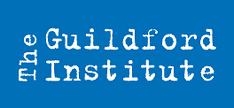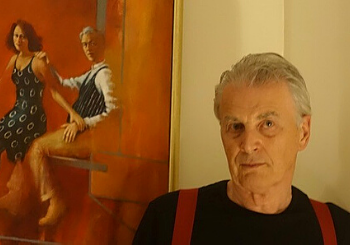Meet the Tutor: Laura Ribatallada
April is stress awareness month — a reminder to pause and prioritise wellbeing. Creative activities like art can ease anxiety, and tutors at the GI are here to help. Let us introduce you to Laura Ribatallada, who will be teaching Paint A Cubist-Style Self Portrait and Paint Flowers using Acrylic courses this spring. Laura is also the founder of Espasa Studio and a Surrey based fashion photographer.
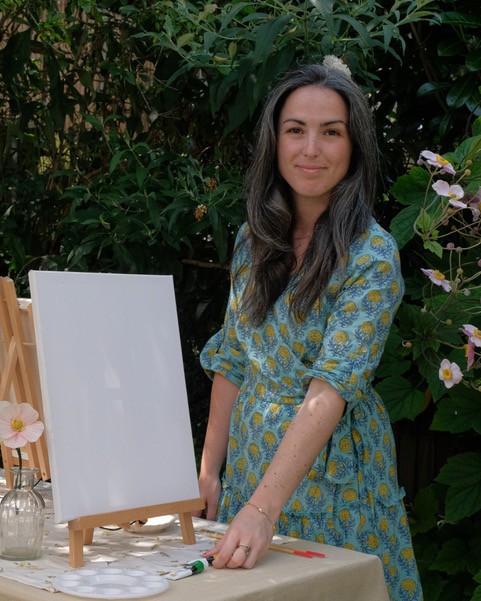
Tell us about yourself and your background. How did you get into a career in the arts and teaching?
I studied Fine Arts at the University of Barcelona, where I learned painting, drawing, sculpture, and photography. Later on, I pursued an MA in Fashion Photography. I am currently working as a photographer and I started teaching online when COVID happened, and then I continued with in person workshops.
What is your definition of ‘art for wellbeing,’ and what inspired you to create art courses with a wellbeing focus?
I realised my lessons could genuinely help people. When I was teaching online, one of the people who attended my lesson, told me the next day that she had been suffering from insomnia for weeks. After attending my class, she slept through the whole night and woke up feeling refreshed. I realised then I was doing something that could help people, so I decided to keep teaching, later on move to in person and keep creating space for people to embrace and enjoy art.
How can engaging in creative activities help reduce stress, and are there specific types of art practices that you find particularly beneficial for mental health?
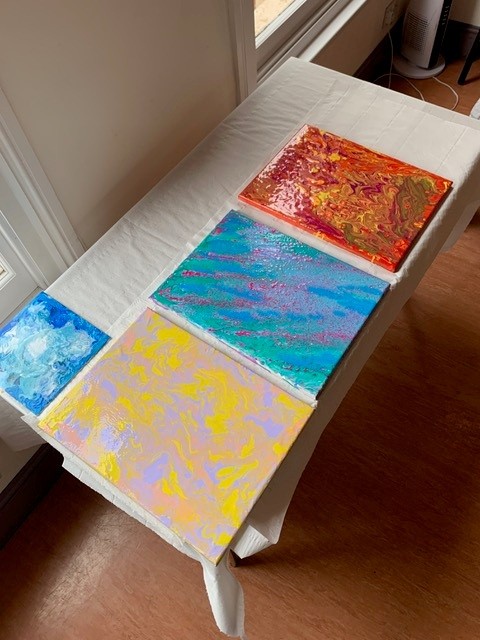
I believe painting, in general, is a fantastic activity for your mind. It requires you to focus on a specific technique, which demands your full attention. We are so used to now focusing on more than one thing at once, but when you are creating, especially if you have never painted before, it can be incredibly grounding because it’s difficult to think about anything else.
How do you tailor your workshops to have a wellbeing focus?
I begin each workshop by creating a welcoming and relaxing atmosphere. I always tell participants that in my classes, there’s no right or wrong, all levels are accepted, and the focus is simply on enjoying the process and having fun. The result doesn’t matter — what truly matters is how they feel afterward.
I also have one main rule: no “bad words.” This means no negative comments toward others or themselves. It’s easy to criticise yourself when creating, thinking you’re not good enough or calling your work “rubbish.” I tell participants that while it’s natural to have those thoughts, they shouldn’t say them out loud, so they don’t give them power. I firmly believe the language we use toward ourselves has a significant impact. I’m not promoting “fake positivity,” but I do think it’s helpful to focus on the positives for those two hours and leave the negatives behind.
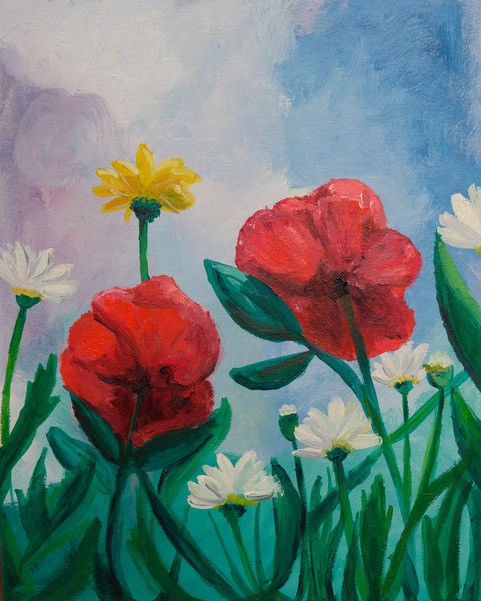
What role does art play in your own mental wellbeing?
For me, painting is a soul-soothing activity. It quiets all the noise around me and helps me focus on one thing. I always feel much better after painting. While I can’t explain the exact science behind it, I believe that connecting with my artistic side calms my stressful thoughts and leaves me feeling renewed.
Are there any artists or artistic movements that shape your approach to art?
I have studied arts and art history during my academic years. I always looked up to the Impressionists. If I have to pick painters, Turner or Van Gogh are artists I always admired, but there are so many. Sorolla’s paintings are extremely beautiful. But I do enjoy art that catches my attention and has a story to tell, no matter the style or movement. I believe art is a very subjective matter and very personal, and that you should use art to express yourself and to enjoy yourself.
There is nothing more inspiring than going into an Art Gallery, it seems like the creative ideas are floating in the air waiting to get into your brain!
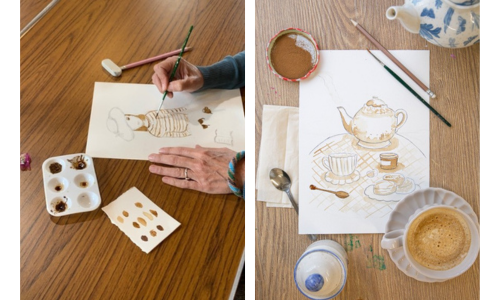
What advice would you give to someone who wants to use art for stress relief but doesn’t know where to start?
Just go for it. Set aside some “you” time — maybe a couple of hours when you know you won’t be distracted. Gather some art supplies; they don’t need to be expensive. In fact, you can even paint with coffee, which I teach in one of my workshops!
If you feel uncertain, find an example or reference to follow for guidance — it can help ease those initial nerves. And if you’d prefer some company, why not book a workshop at the Institute? You’ll meet like-minded people, and I must say, everyone who has attended my workshops has been absolutely lovely.
Discover the calming power of creativity and book art courses by Laura Ribatallada at The Guildford Institute today!
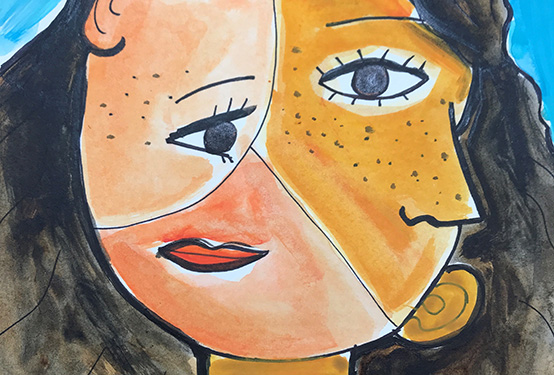
Paint A Cubist-Style Self Portrait – GI 25 013 – Member

Paint A Cubist-Style Self Portrait – GI 25 013 – Non-member
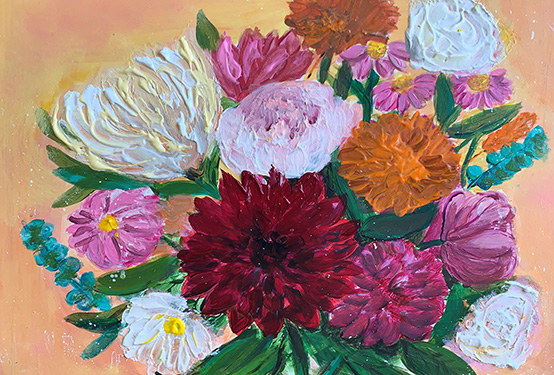
Paint Flowers using Acrylic – GI 25 030 – Member

